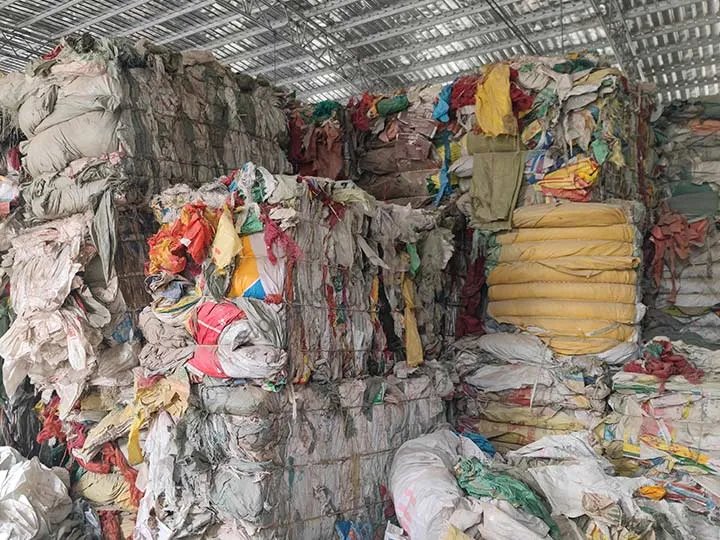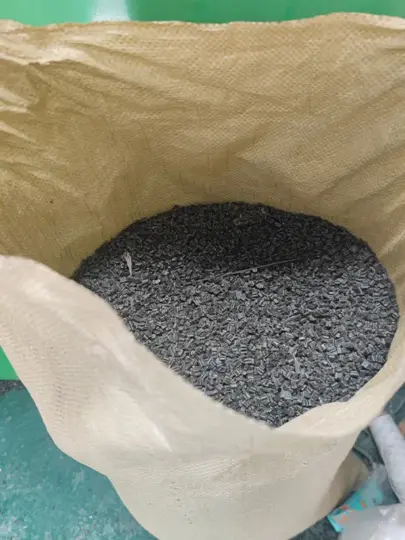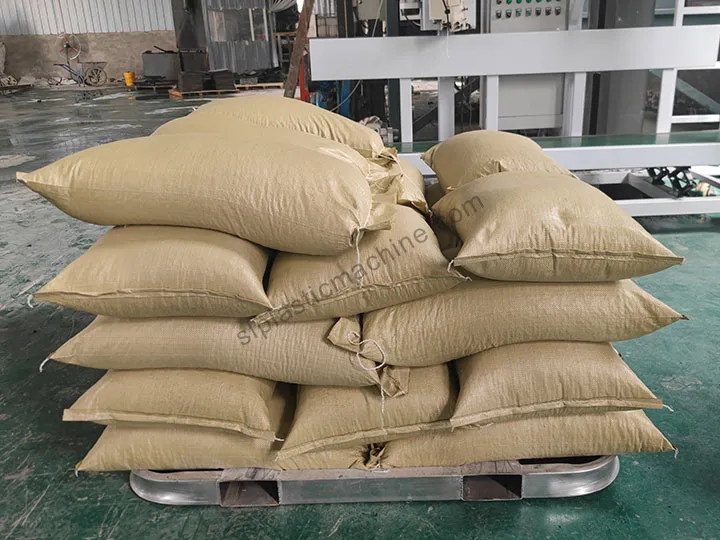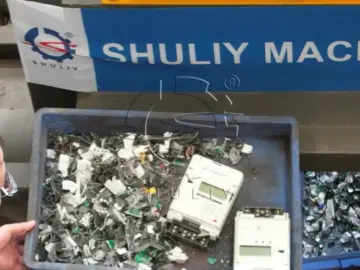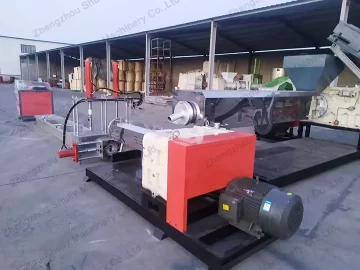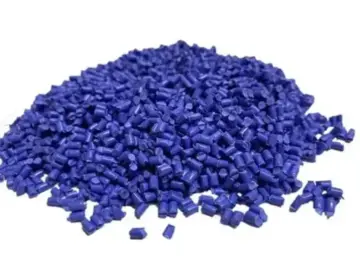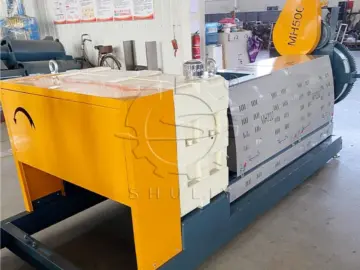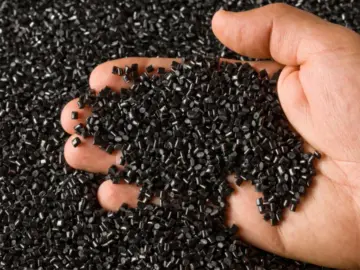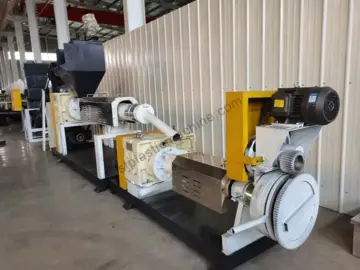Turning vast amounts of plastic waste into a valuable resource is one of the most practical ways to support the circular economy. The key to this transformation is converting bulky, inconsistent scrap into uniform, high-density pellets. But exactly how to make plastic pellets?
This guide breaks down the entire journey from plastic scrap to pellets. It’s a systematic operation that goes beyond a single machine, involving crucial preparation steps before the core granulation phase. Understanding this complete workflow is the first step toward building a successful plastic recycling business.
Phase 1: Preparing Raw Material for Granulation
Before you can even think about melting plastic, the raw material—often post-consumer plastic waste like packaging film or bottles—must be properly prepared. Skipping these preliminary steps is the number one reason for poor quality final product. These are the foundational plastic recycling steps:
- Sorting: Raw plastic waste is sorted by type (e.g., separating PP from PE) and color. This is a critical quality control step.
- Shredding: The sorted plastic is fed into a powerful shredder or crusher, which breaks it down into small, consistently sized flakes or pieces. This increases the surface area for effective cleaning and ensures smooth feeding into the granulator.
- Washing & Drying: The plastic shredding and washing phase is essential. The flakes are washed in industrial tanks, often using friction washers and hot water to remove dirt, labels, glue, and other contaminants. Afterward, a dewatering machine and thermal dryer remove the moisture. Clean, dry material is fundamental to producing high-quality recycled plastic granules.
Phase 2: The Core Plastic Granulation Process
Once the material is clean and dry, it enters the core transformation stage inside a specialized plastic pelletizer machine. The technical heart of this phase is the plastic extrusion process.
- Melting, Degassing, and Filtration: The clean plastic flakes are fed into the granulator. Inside, a long, heated barrel with a rotating screw melts the plastic through heat and friction. As it melts, any remaining moisture or volatile gases are released and removed by a venting system. For even higher quality, some setups use a two-stage extrusion process for superior degassing and filtration. The molten plastic is then forced through a screen filter to remove any final, non-plastic impurities.
- Pelletizing Process: Once clean, the molten plastic is extruded through a die head, forming continuous strands. This specific method is known as strand pelletizing. These hot strands immediately enter a water bath for rapid cooling and solidification. Finally, the cooled strands are pulled into a high-speed pelletizer, which uses a rotating cutter to chop them into the final, uniform pellets.
From Process to Profit: Building a Plastic Recycling Business
Understanding how to make plastic pellets is more than a technical exercise; it’s the foundation of a viable business model. The entire system—from sorting and washing to the final pelletizing step—can be integrated into a turnkey plastic recycling plant.
The profitability depends on efficiently processing a specific type of material. Whether you are focusing on recycling PP PE film or rigid HDPE, the quality of your equipment dictates the quality of your output and, ultimately, your bottom line. A well-designed system minimizes waste, reduces downtime, and produces high-value granules that are in constant demand.


